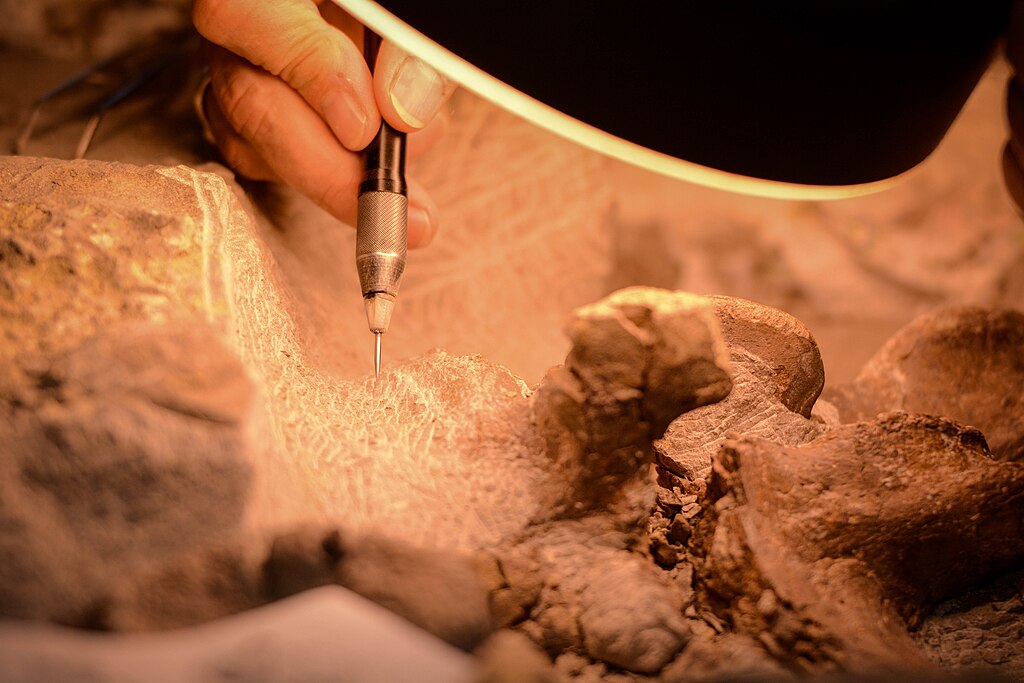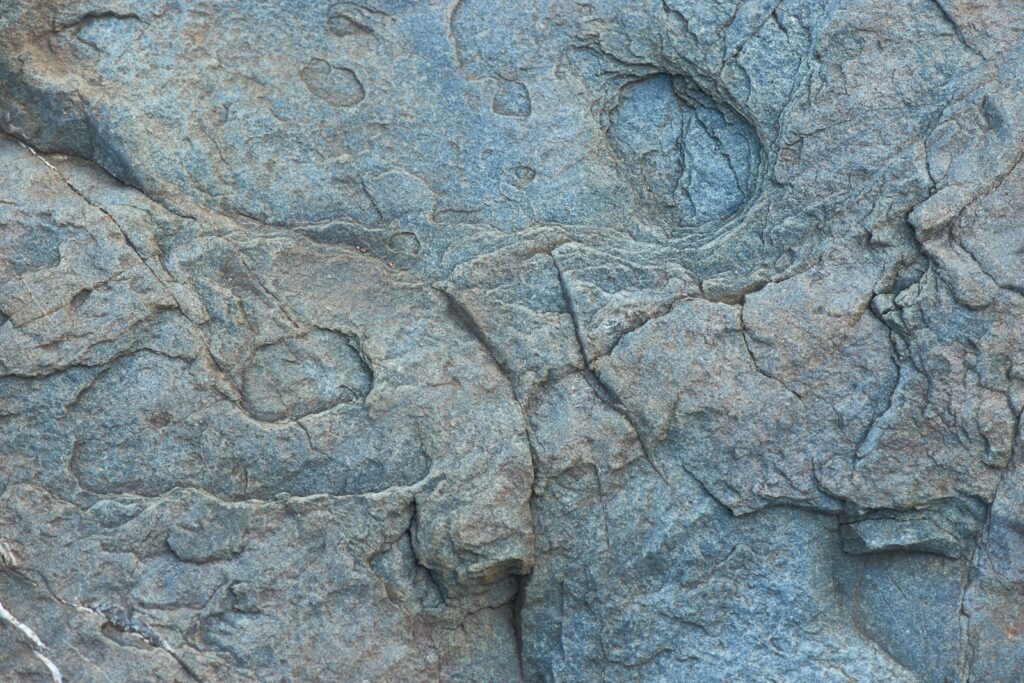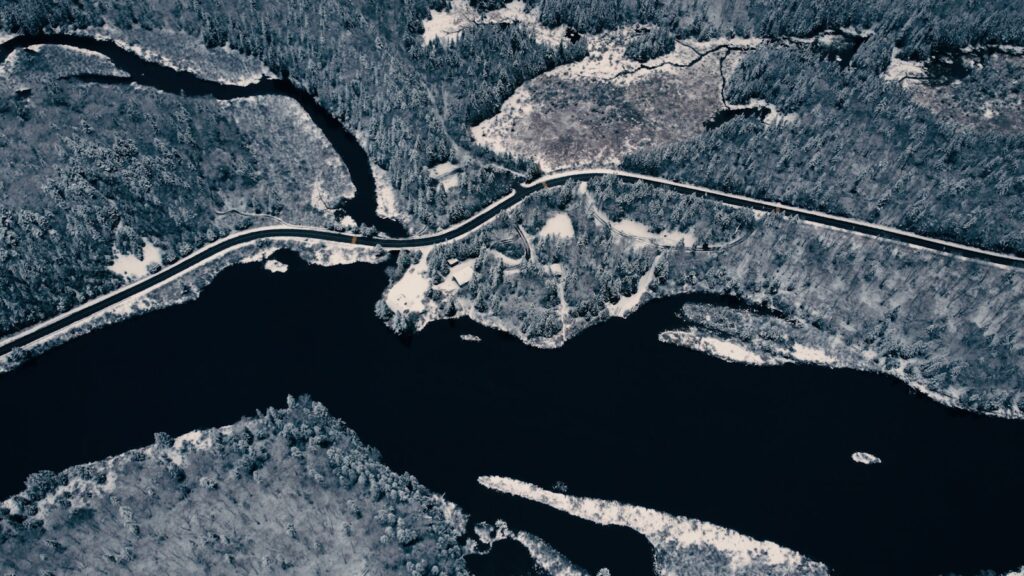Picture this: the world’s most brilliant scientists locked in heated debates, their reputations on the line, all because of one mysterious bone fragment. What sounds like a scene from an academic thriller actually happened multiple times throughout paleontology’s colorful history. These weren’t just polite disagreements over coffee – these were full-blown scientific wars that sometimes lasted decades, forever changing how we understand prehistoric life.
The Bone That Started It All

In 1822, Mary Ann Mantell made a discovery that would ignite one of paleontology’s most famous controversies. While walking along a country road in Sussex, England, she spotted something glinting in a pile of stones. That something turned out to be a massive tooth, unlike anything anyone had ever seen before. Her husband, Gideon Mantell, a country doctor with a passion for fossils, immediately recognized its significance. The tooth was enormous, with a distinctive leaf-like shape that seemed to belong to no known animal. Little did they know, this single dental discovery would spark arguments that would rage for decades among the world’s leading scientists.
When Experts Couldn’t Agree on Basic Anatomy
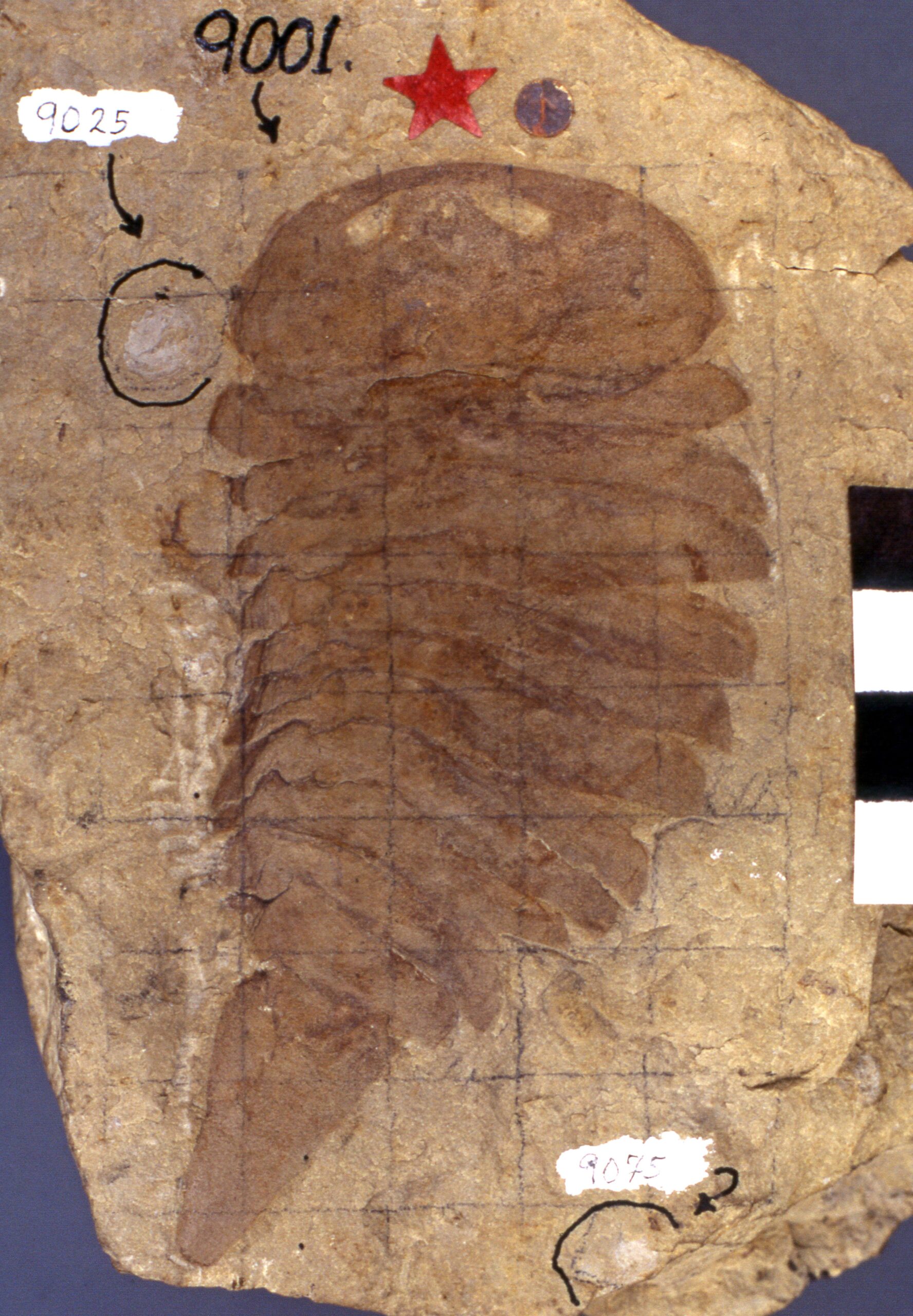
The scientific community’s reaction to Mantell’s tooth was swift and divided. Some experts insisted it belonged to a giant mammal, perhaps an elephant or rhinoceros that had somehow ended up in ancient rock layers. Others argued it was from a massive fish, pointing to its unusual serrated edges as evidence. The most skeptical voices claimed it was nothing more than a modern animal tooth that had somehow contaminated the fossil site. Georges Cuvier, the most respected anatomist of his time, initially dismissed the find entirely, suggesting it was simply a rhinoceros tooth. This wasn’t just an academic disagreement – it was a battle over the very nature of Earth’s ancient past.
The Iguanodon Revolution
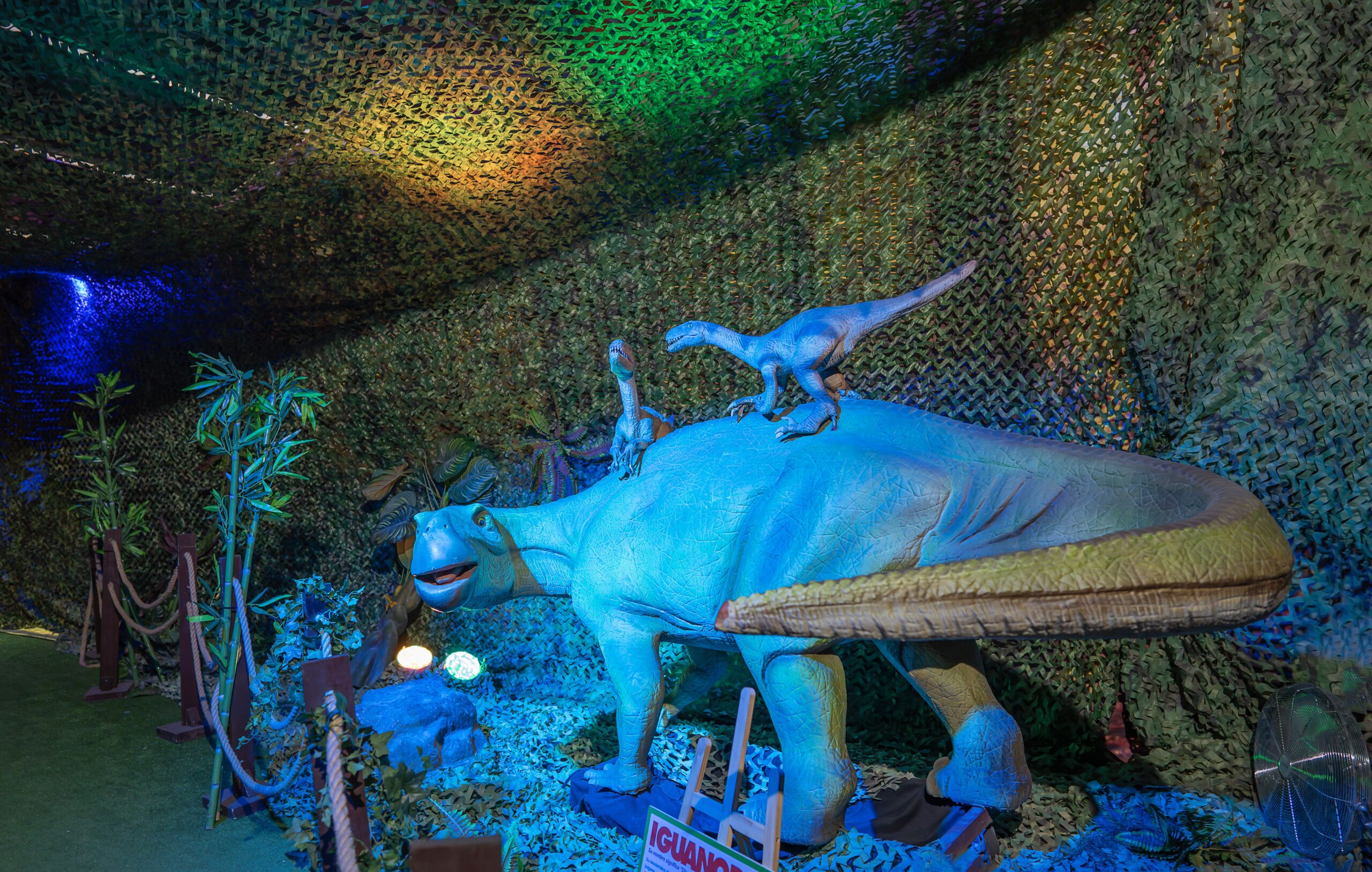
Mantell refused to back down from his revolutionary idea. He believed the tooth belonged to an enormous reptile, something that had never been imagined before. After years of careful study and comparison with modern reptiles, he noticed the tooth’s striking similarity to that of a modern iguana – but scaled up to terrifying proportions. In 1825, he officially named his discovery Iguanodon, meaning “iguana tooth.” This was groundbreaking because it suggested that giant reptiles had once ruled the Earth, long before mammals dominated the planet. The scientific establishment was forced to confront a reality that challenged everything they thought they knew about the history of life.
The Great Bone Wars Begin

Mantell’s discovery opened the floodgates for similar controversies across the globe. In America, two paleontologists named Othniel Charles Marsh and Edward Drinker Cope began their own bitter rivalry that would define an entire era of fossil hunting. Their disagreements often centered on single bones or bone fragments, with each man claiming the other had misidentified crucial specimens. These weren’t gentlemanly scientific discussions – they involved espionage, bribery, and even sabotage of rival dig sites. The public became fascinated by these “Bone Wars,” following the disputes in newspapers like a serialized adventure story.
The Mystery of the Backwards Thumb
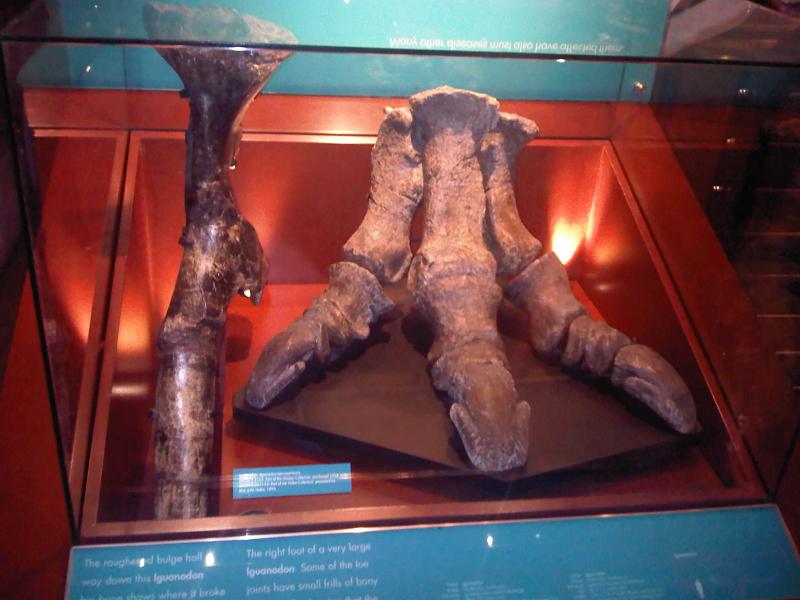
One of the most embarrassing mistakes in paleontological history involved a single spike-like bone found with Iguanodon remains. For decades, scientists placed this mysterious bone on the creature’s nose, creating reconstructions that made Iguanodon look like a prehistoric rhinoceros with a massive horn. Museum displays around the world featured this incorrect interpretation, and countless books and illustrations spread this image to millions of people. It wasn’t until complete skeletons were discovered in a Belgian coal mine that the truth emerged – the “nose horn” was actually a thumb spike, used for defense or perhaps to strip vegetation from trees. This revelation forced museums worldwide to completely rebuild their displays and left many scientists red-faced about their confident but wrong assertions.
The Brontosaurus That Never Was
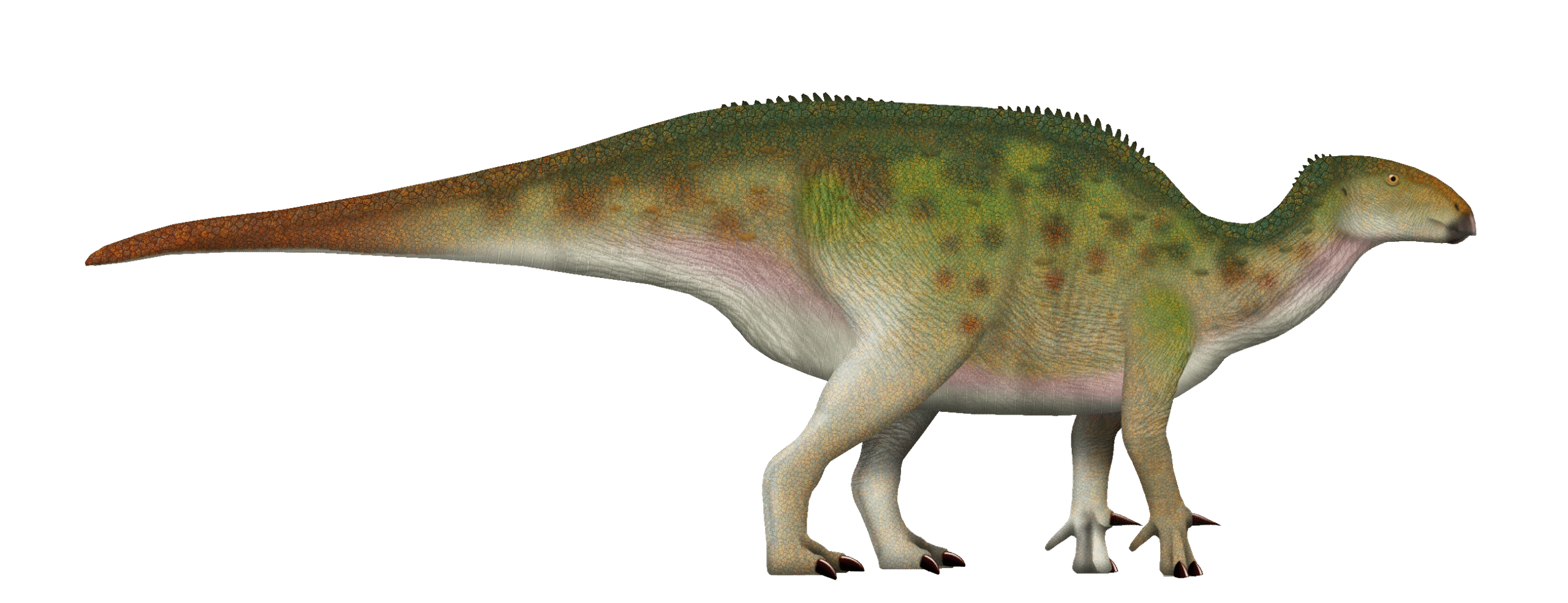
Perhaps no single bone controversy caused more confusion than the case of the Brontosaurus head. In 1879, Marsh discovered a nearly complete skeleton of what he called Brontosaurus, but the skull was missing. Rather than leave the reconstruction headless, he borrowed a skull from another species and confidently declared it belonged to his new dinosaur. For over a century, this mismatched combination appeared in museums and textbooks worldwide. Children grew up thinking Brontosaurus had a small, delicate head perched on a massive neck. The error was so widespread that even when scientists realized the mistake, it took decades to correct all the museum displays and popular media representations.
When Size Doesn’t Matter
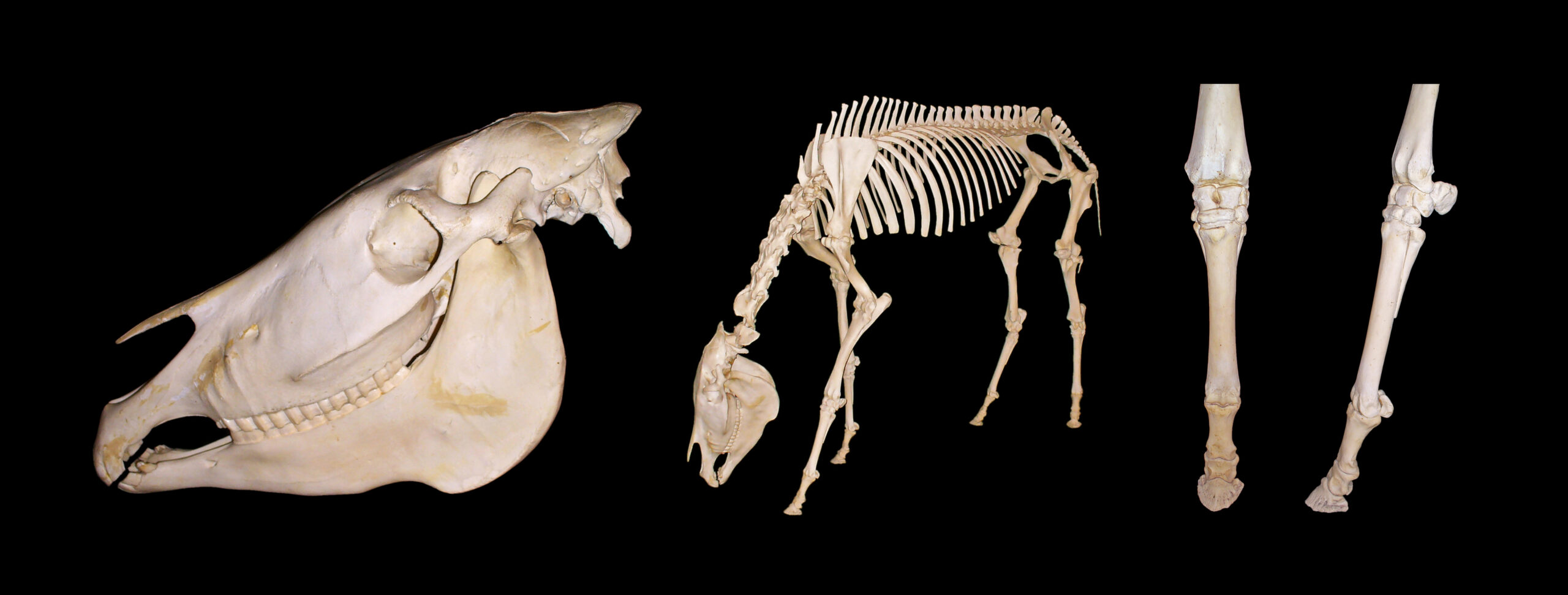
Sometimes the biggest arguments erupted over the smallest bones. A tiny finger bone could spark debates about whether a dinosaur was a meat-eater or plant-eater, whether it lived in trees or on the ground, or even whether it was a dinosaur at all. These seemingly minor details had huge implications for understanding entire ecosystems from millions of years ago. Scientists would spend years analyzing the microscopic structure of a single bone fragment, looking for clues about diet, behavior, and lifestyle. The intensity of these debates often surprised outsiders, who couldn’t understand how such small pieces of evidence could generate such passionate disagreements among highly educated professionals.
The Feathered Dinosaur Denial

When the first fossils showing dinosaurs with feathers were discovered in China during the 1990s, many established paleontologists simply refused to believe the evidence. They argued that the feather-like structures were actually decomposed skin or plant material that had been fossilized alongside the bones. The debate became so heated that some scientists accused others of fabricating evidence or being fooled by clever forgeries. Conference presentations turned into shouting matches, and professional relationships were permanently damaged. This wasn’t just about scientific accuracy – it was about fundamentally changing how people viewed dinosaurs, from cold-blooded lizards to warm-blooded ancestors of birds.
The Politics of Prehistoric Predators
The shape of a single tooth could determine whether a dinosaur was classified as a fearsome predator or a gentle plant-eater. These classifications weren’t just academic exercises – they influenced museum displays, children’s books, and Hollywood movies. Scientists found themselves under pressure to make their discoveries sound as exciting as possible to secure funding for future expeditions. This led to some spectacular misidentifications, where peaceful herbivores were portrayed as vicious carnivores based on incorrectly interpreted dental evidence. The competition for research grants and media attention sometimes clouded scientific judgment, leading to conclusions that were more sensational than accurate.
Technology Changes Everything
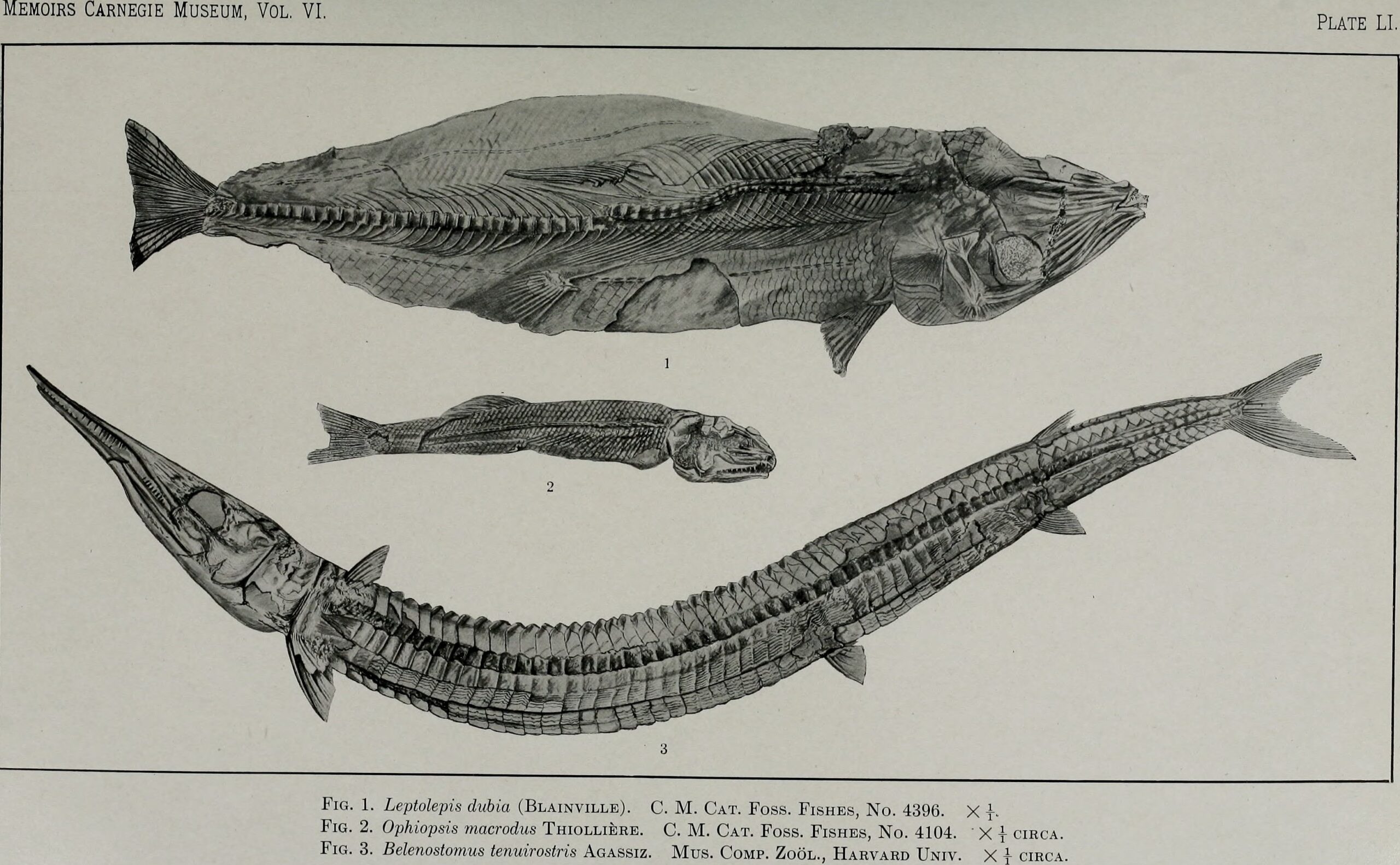
The development of CT scanners and computer modeling revolutionized how paleontologists study disputed bones. Instead of arguing about external features, scientists could now peer inside fossils without damaging them, revealing internal structures that had been hidden for millions of years. This technology settled many long-standing disputes but also created new ones as previously unknown details came to light. Digital reconstruction allowed scientists to test different theories about how bones fit together, but it also meant that the same fossil could be interpreted in multiple ways depending on the software and assumptions used. The debates became more sophisticated but no less intense.
The Amateur Who Proved Everyone Wrong
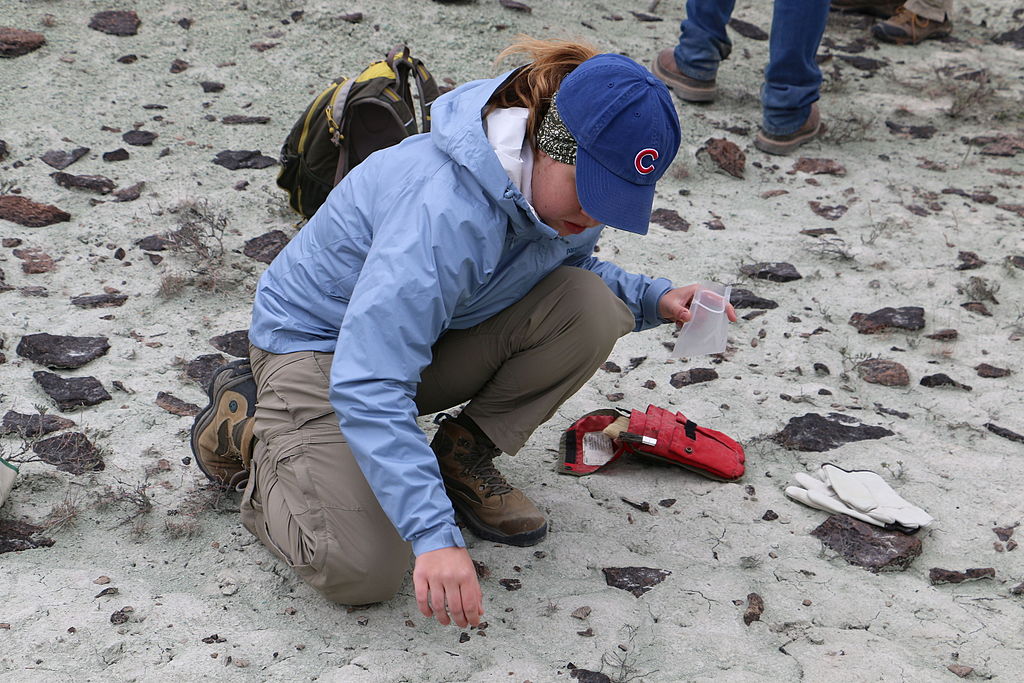
Sometimes the most heated professional debates were settled by complete outsiders to the scientific community. Fossil collectors, ranchers, and even children made discoveries that revolutionized our understanding of prehistoric life. These amateur paleontologists often faced skepticism and condescension from university-trained scientists, creating additional layers of controversy beyond the scientific questions themselves. When their interpretations proved correct, it forced the academic community to reconsider not just their conclusions but their assumptions about who could contribute to paleontological knowledge. These victories by amateurs added a populist element to what had previously been exclusive academic debates.
The Personality Factor
Many bone controversies persisted longer than they should have because of the personalities involved rather than the scientific evidence. Strong-willed scientists who had built their careers on particular interpretations found it difficult to admit they might be wrong, even when new evidence contradicted their positions. Professional rivalries, personal grudges, and institutional politics all played roles in shaping these debates. Some disagreements continued for decades not because the evidence was unclear, but because the scientists involved were too proud to back down. The human element in these stories often proved more dramatic than the scientific discoveries themselves.
Modern Bone Battles
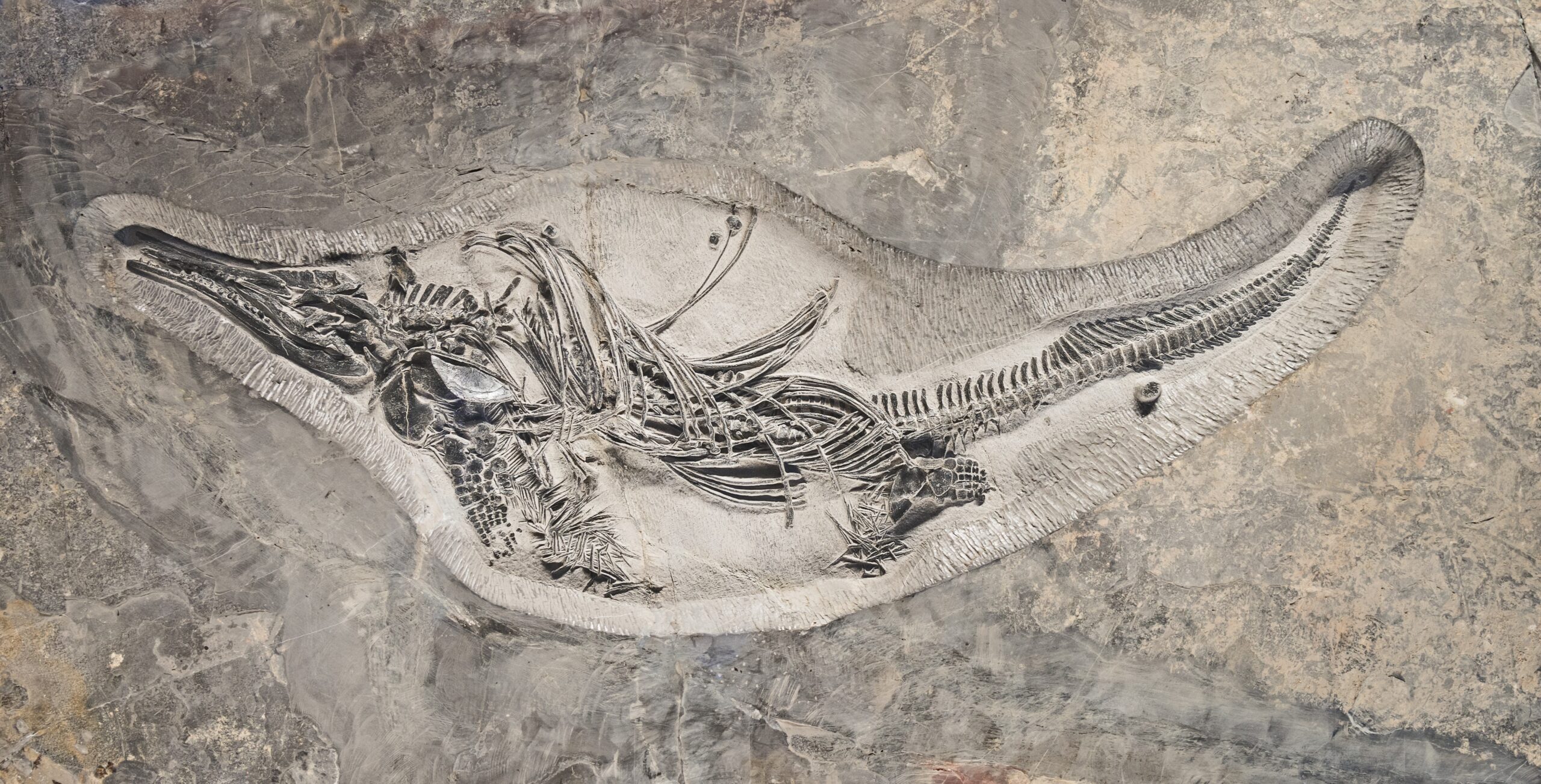
Even today, with all our advanced technology and scientific methods, paleontologists still argue passionately over single bones. Recent discoveries continue to challenge established ideas about dinosaur behavior, appearance, and evolution. Social media and online forums have given these debates new platforms, allowing amateur enthusiasts to participate in discussions that were once limited to academic journals. The democratization of paleontological debate has made these arguments more public and sometimes more heated than ever before. Every new discovery has the potential to reignite old controversies or start entirely new ones.
What These Arguments Taught Us
The passionate disputes over individual bones weren’t just academic squabbles – they drove the advancement of paleontological science. Each controversy forced researchers to develop better methods for analyzing fossils, to question their assumptions, and to consider alternative interpretations of evidence. The mistakes and corrections that emerged from these debates created a more rigorous scientific process, where extraordinary claims required extraordinary evidence. These arguments also captured public imagination, turning paleontology into one of the most popular and accessible scientific fields. The very human drama of these scientific disputes helped people connect with the distant past in ways that dry academic papers never could.
Conclusion
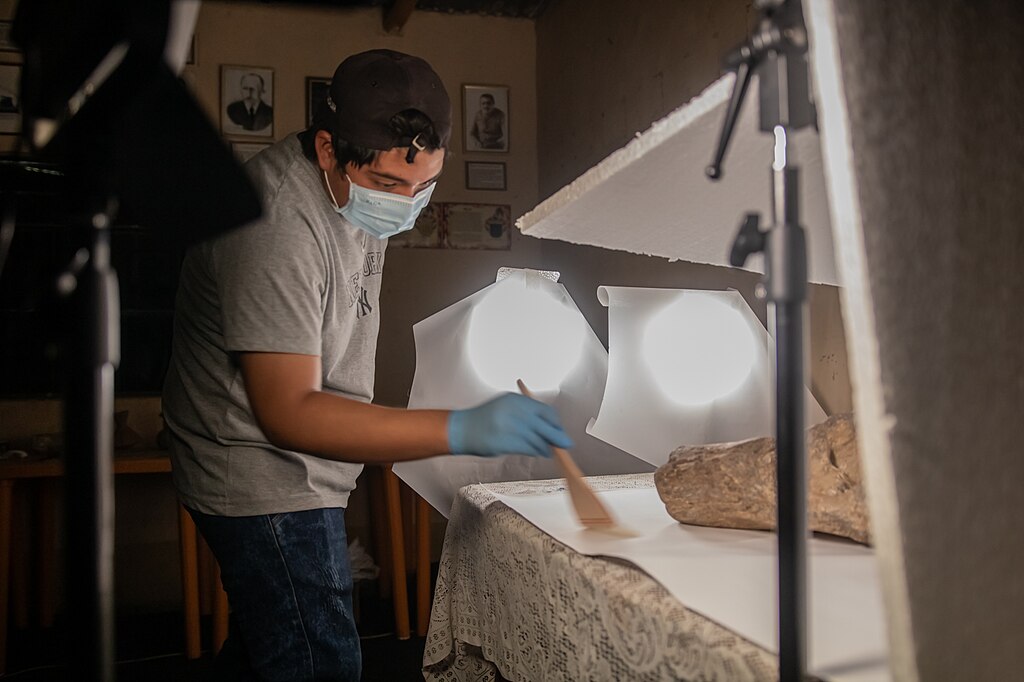
The next time you see a dinosaur skeleton in a museum, remember that every bone represents countless hours of debate, analysis, and sometimes heated argument among the world’s brightest minds. These prehistoric puzzles continue to challenge our understanding of life on Earth, proving that even the smallest fragment of ancient bone can rewrite history books and ignite scientific passions that burn as fiercely today as they did two centuries ago. What other secrets might be hiding in museum collections, waiting for the right person to ask the right question?

